Scientific name Bipalium Order Tricladida | Higher classification Bipaliinae Phylum Platyhelminthes | |
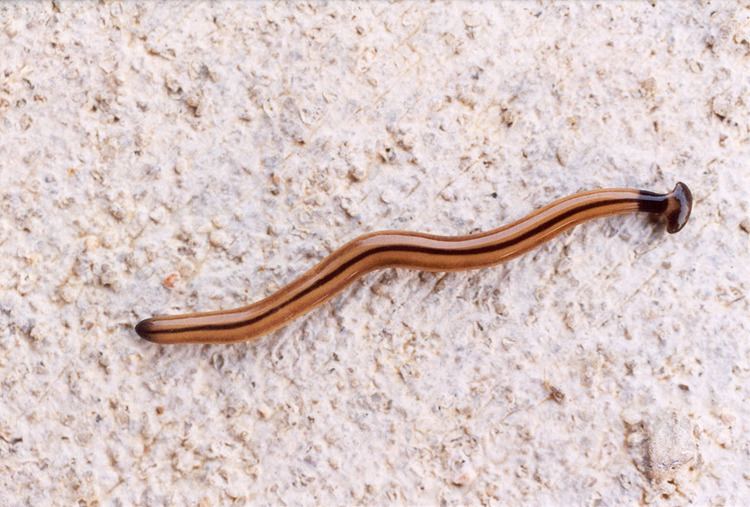 | ||
Similar flatworm, Turbellaria, Geoplanidae, Bipalium nobile, Tricladida | ||
Bipalium
Bipalium is a genus of large predatory land planarians. They are often loosely called "hammerhead worms" or "broadhead planarians" because of the distinctive shape of their head region. Land planarians are unique in that they possess a "creeping sole" on their ventral side. Several species are considered as invasive to the United States and to Europe. Some studies have begun the investigation of the evolutionary ecology of these invasive planarians.
Contents
- Bipalium
- Bipalium kewenese 21 april 2012
- Description
- Etymology
- Species
- Feeding habits
- Reproduction
- Toxicity
- Invasive species
- References
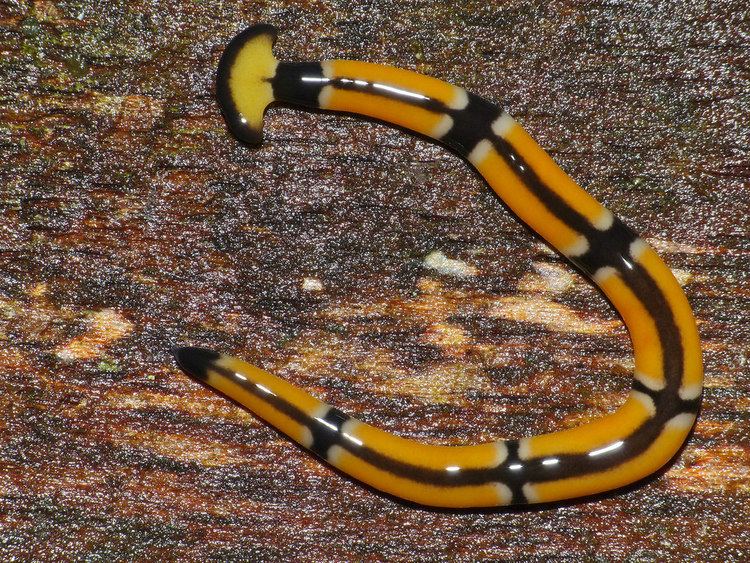
Bipalium kewenese 21 april 2012
Description
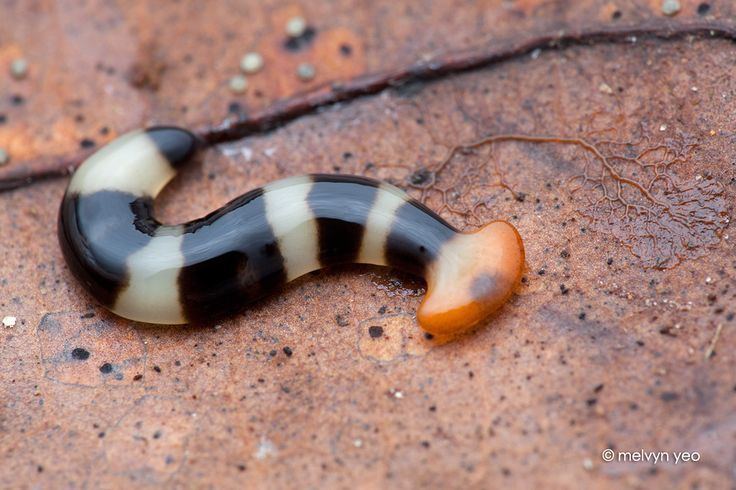
The genus Bipalium was initially defined by Stimpson to include land planarians with the head broadened, forming a head plate. Later, in 1899, Ludwig von Graff divided it into three genera according to the shape of the head shape:
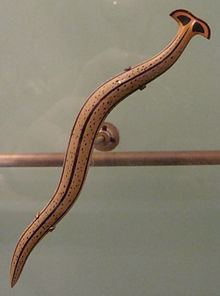
- Bipalium: with a well-developed head plate, much broader than long, and with elongated lateral auricles.
- Perocephalus: rudimentary head plate, not much broader than the body.
- Placocephalus: flat head plate with a circular outline.
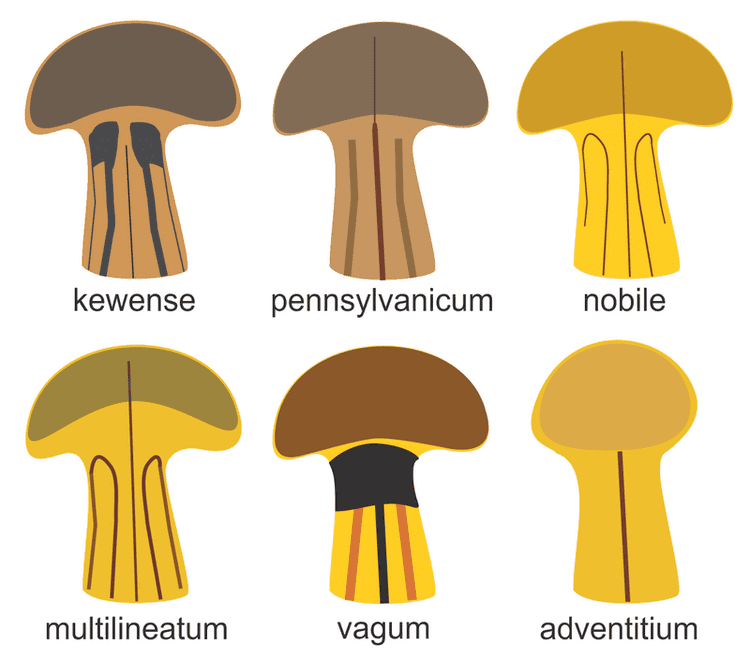
Josef Müller, in 1902, considered that there was no sufficient anatomical basis for this distinction and reunited them under Bipalium. Later von Graff accepted Müller's conclusions.
Towards the end of the 20th century, Robert E. Ogren and Masaharu Kawakatsu started a series of publications called "The Land Planarian Index series" in which they reviewed and organized all taxonomic information regarding land planarians. At first they retained all broad-headed planarians in the genus Bipalium, but later split them into four genera based on the anatomy of the reproductive organs: Bipalium, Novibipalium, Humbertium and Diversibipalium.
Under this scenario, the genus Bipalium is defined as containing broad-headed land planarians with simple copulatory organs, without accessory ducts or copulatory bursa, and with a fold of tissue separating the male and female exit ducts.
Etymology
The name Bipalium comes from Latin bi-, two + pala, shovel or spade, because species in this genus resemble a pickaxe.
Species
The genus Bipalium currently includes the following species:
Feeding habits
Bipalium species are predatory. Some species prey on earthworms, while others may also feed on mollusks. It has been shown that these flatworms can track their prey. When captured, earthworms will begin to react to the attack, but a flatworm uses the muscles in its body as well as sticky secretions to attach itself to the earthworm to prevent escape. Several studies have indicated that the planarians will cover, or cap the prostomium, peristomium and anterior end to stop the violent reaction by the earthworm.
To feed on their prey, species of Bipalium often evert their pharynx from their mouth, located on the mid-ventral portion of the body, and secrete enzymes that begin the digestion of the prey. The liquefied tissues are sucked into the branching gut of the flatworm by ciliary action.
Reproduction
Reproduction in Bipalium may be asexual or sexual and all species are hermaphroditic.
B. adventitium reproduces sexually and creates egg capsules, which hatch around 3 weeks post-deposition. The egg capsules have a tough exterior and generally contain multiple juveniles.
B. kewense have rarely been observed using egg capsules as a primary method of reproduction. Asexual fragmentation is its main reproductive strategy in temperate regions and most individuals never develop sexual organs. Juveniles of this species, unlike B. adventitium, do not appear the same coloration as parents in their early days.
Toxicity
Recently, the presence of tetrodotoxin, a very potent neurotoxin, was recorded in B. adventitium and B. kewense. It is the first record of tetrodotoxin in terrestrial invertebrates.
Invasive species
There is very little known about the ecology of terrestrial planarians, however research has been done on different genera and species, including several native and invasive species in Brazil, Arthurdendyus triangulatus, Rhynchodemus and Bipalium.
Currently, there are four known invasive species of Bipalium in the United States: B. adventitium, B. kewense, B. pennsylvanicum and B. vagum. It is believed that these planarians came to the US on horticultural plants.
Bipalium kewense has been found commonly in American greenhouses since 1901. This species is a voracious predator of earthworms, and has been identified a nuisance in the southern USA in earthworm-rearing beds. Control of the species is difficult due to the lack of predators. As noted by the University of Florida IFAS department,
Other animals rarely devour land planarians, since surface secretions appear distasteful, if not toxic. Protozoans, including flagellates, ciliates, sporozoans, and nematodes have been detected in land planarians. Because of their cannibalistic habit, land planarians may be their own worst enemy.
Specimens of Bipalium adventitium are characterized by a single dark dorsal stripe. They were first discovered in the US in California and New York but have been found in Illinois as well as most northern states Bipalium kewense have five dark dorsal stripes and a partial dark collar. They have undergone several name changes since their discovery in North America. B. kewense is commonly found across the southern regions of the US. B. kewense is found worldwide in tropical and subtropical regions. Bipalium pennsylvanicum is characterized by its dark brown head and three dorsal stripes. Thus far it has only been found in Pennsylvania and in coastal South Carolina in 2014. Bipalium vagum is characterized by two dark dorsal blotches on the head, a thick black band around the neck and three dark dorsal stripes. This species has recently been found in several Gulf Coast states.
